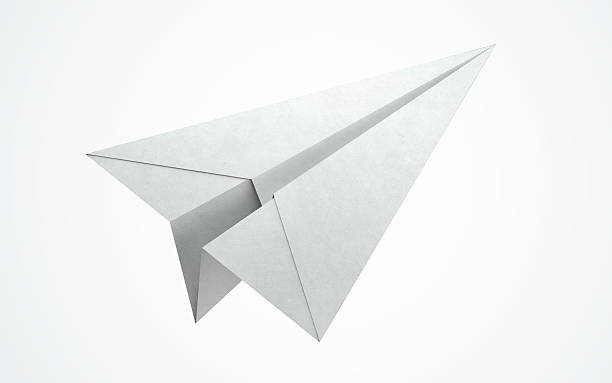Viking Air Takeover Ends Bombardier Turboprop Era
Bombardier’s agreement to sell the Dash 8, Q400 and the de Havilland name to Western Canada’s Longview Aviation Capital, parent company of Viking Air, ends a venture into regional turboprops that began in 1992 when it acquired de Havilland Canada from Boeing.
Under the agreement announced by Bombardier, Longview will receive all assets and type certificates associated with the Dash 8 program and will assume responsibility for the worldwide support of more than 1,000 aircraft in service or scheduled for production. Bombardier has a backlog of 66 aircraft. Longview is paying $300 million for the program.
Longview says it will continue to produce the Q400 at the Downsview, Ontario, factory. Bombardier sold the Downsview site in May for $600 million and will move Global business-jet assembly to Toronto Pearson International Airport, but Q400 production is to remain on-site until at least 2021 [emphasis added].
“We are committed to a business-as-usual approach that will see no interruption to the production, delivery and support of these outstanding aircraft,” says Longview CEO David Curtis, who took over at Viking in 1986, when both Boeing and Bombardier were getting into the Canadian aircraft business.
“With the entire de Havilland product line reunited under the same banner for the first time in decades, we look forward to working with customers, suppliers and employees upon close of the transaction to determine what opportunities lie ahead,” Curtis says in a statement on the deal.
With transfer of the C Series program to Airbus, Bombardier was looking at options for its remaining commercial aircraft business. “We decided to sell the Q400 to a better owner than us to keep the program going,” says Bombardier President and CEO Alain Bellemare. “Longview is the right owner. We know them well.”
Bombardier had entered aircraft manufacturing in 1986, when it took over unprofitable Canadair from the Canadian government, adding bankrupt U.S. business-jet-maker Learjet in 1990. The privatization of Canada’s aircraft industry also saw Boeing acquire de Havilland Canada in 1986.
Boeing went on to lose more than $1 billion at de Havilland and in 1992 agreed to sell the Toronto-based company to Bombardier and the Ontario government for $100 million. Bombardier paid $51 million of that and received $490 million in subsidies from the federal and Ontario governments.
Under Boeing, de Havilland had ended production of the DHC-6 Twin Otter and DHC-7 regional airliner, popularly known as the Dash 7. By 1992, only the Dash 8 series was in production. Bombardier added the 70-seat, high-speed Q400 version in 1995. The aircraft entered service in 2000, and only the Q400 remained in production after 2008, when manufacture of the Dash 8-100/-200/-300 was shut down.
In Victoria, Vancouver, meanwhile, Viking Air in 1983 had begun making and distributing spare parts for de Havilland for the out-of-production DHC-2 Beaver and DHC-3 Otter. The company began making assemblies for the Twin Otter before it went out of production in 1988. But in 2005, Bombardier transferred responsibility for supporting the Twin Otter to Viking.
In 2006, Viking took the next step and acquired the type certificates and manufacturing rights to all out-of-production de Havilland Canada aircraft, from the DHC-1 Chipmunk to the Dash 7. A year later, the company launched production of an updated Twin Otter, the Series 400.
Longview Aviation Capital entered the picture in 2016, when it was formed to manage a portfolio of long-term investments in the Canadian aerospace industry. Longview also is the parent company of Longview Aviation Services, established in 2016 after Viking acquired the type certificate for the Canadair CL-215 and CL-415 amphibious aircraft from Bombardier.
Longview Aviation Services has acquired a fleet of CL-215s with which it has launched the CL-4215EAF Enhanced Aerial Firefighter conversion program. The company has contracted with Canada’s Cascade Aerospace to support the conversion because of Cascade Aerospace’s experience converting CL-215s to turboprop CL-21Ts.
Other subsidiaries of Longview are an asset-management arm providing financing and leasing for aircraft manufactured and supported by Viking, and a training center operating the only Level D full-flight simulator for the Twin Otter Series 400. Acquisition of the de Havilland name suggests Longview will establish a new subsidiary around the Dash 8/Q400 program acquisition.
http://aviationweek.com/commercial-aviation/viking-air-takeover-ends-bombardier-turboprop-era



